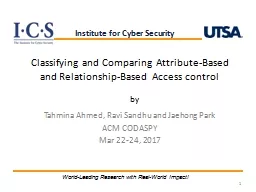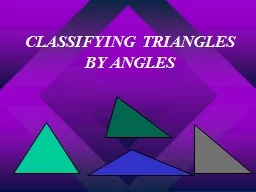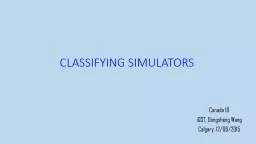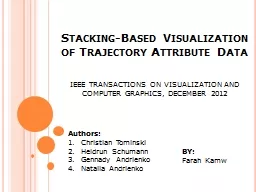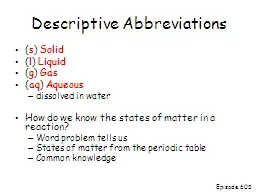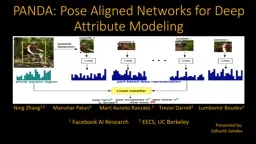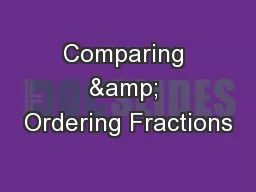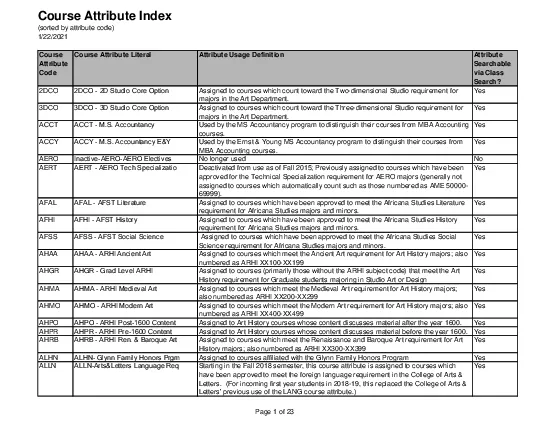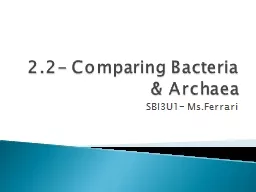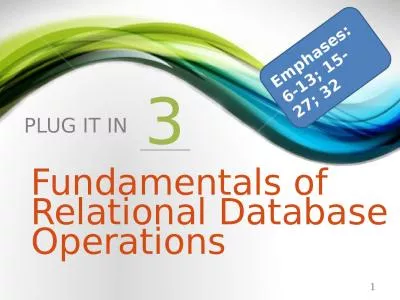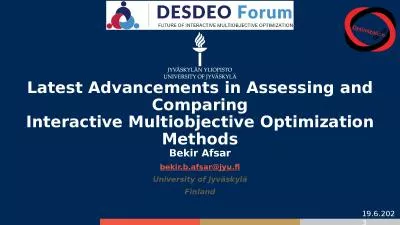PPT-Classifying and Comparing Attribute-Based and Relationship-
Author : giovanna-bartolotta | Published Date : 2017-05-22
Tahmina Ahmed Ravi Sandhu and Jaehong Park ACM CODASPY March 2224 2017 1 Institute for Cyber Security WorldLeading Research with RealWorld Impact by Outline Introduction
Presentation Embed Code
Download Presentation
Download Presentation The PPT/PDF document "Classifying and Comparing Attribute-Base..." is the property of its rightful owner. Permission is granted to download and print the materials on this website for personal, non-commercial use only, and to display it on your personal computer provided you do not modify the materials and that you retain all copyright notices contained in the materials. By downloading content from our website, you accept the terms of this agreement.
Classifying and Comparing Attribute-Based and Relationship-: Transcript
Download Rules Of Document
"Classifying and Comparing Attribute-Based and Relationship-"The content belongs to its owner. You may download and print it for personal use, without modification, and keep all copyright notices. By downloading, you agree to these terms.
Related Documents

